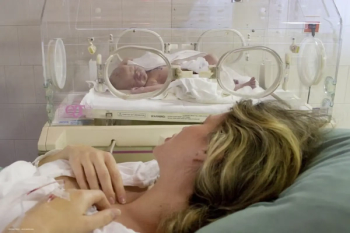
Donor graft size, age and sex of patient affects ECD
Increased donor graft size, younger donor age, and being female donor were linked to higher endothelial cell density (ECD) in patients who underwent penetrating keratoplasty for endothelial dysfunction conditions
Increased donor graft size, younger donor age, and being female donor were linked to higher endothelial cell density (ECD) in patients who underwent penetrating keratoplasty for endothelial dysfunction conditions, according to a study in the Archives of Ophthalmology.
Dr Jonathon H. Lass et al., Department of Ophthalmology and Visual Sciences, Case Western Reserve University and University Hospitals Eye Institute, Cleveland, Ohio, USA, conducted an investigation on a collection of Cornea Donor Study participants. A central reading center was used to determine preoperative and postoperative endothelial cell densities (ECDs). To identify the baseline factors related to ECD multivariate regression analyses were performed.
The median endothelial cell loss after 5 years was found to be 68% for grafts measuring 8.0 to 9.0 mm, 75% for grafts 7.0 mm to 8.0 mm in diameter and 74% for grafts 8.0 mm in diameter. Female donors demonstrated a 67% cell loss compared to a 72% cell loss amongst male donors. Factors not significantly associated with long-term ECD changes included method of tissue retrieval, donor cause of death, history of diabetes, and time from death to preservation or to surgery.
It was concluded that a larger donor graft size and being a younger, female donor was linked to higher ECD. The findings suggest the possibility of similar links that could exist after endothelial keratoplasty.
Newsletter
Get the essential updates shaping the future of pharma manufacturing and compliance—subscribe today to Pharmaceutical Technology and never miss a breakthrough.













































